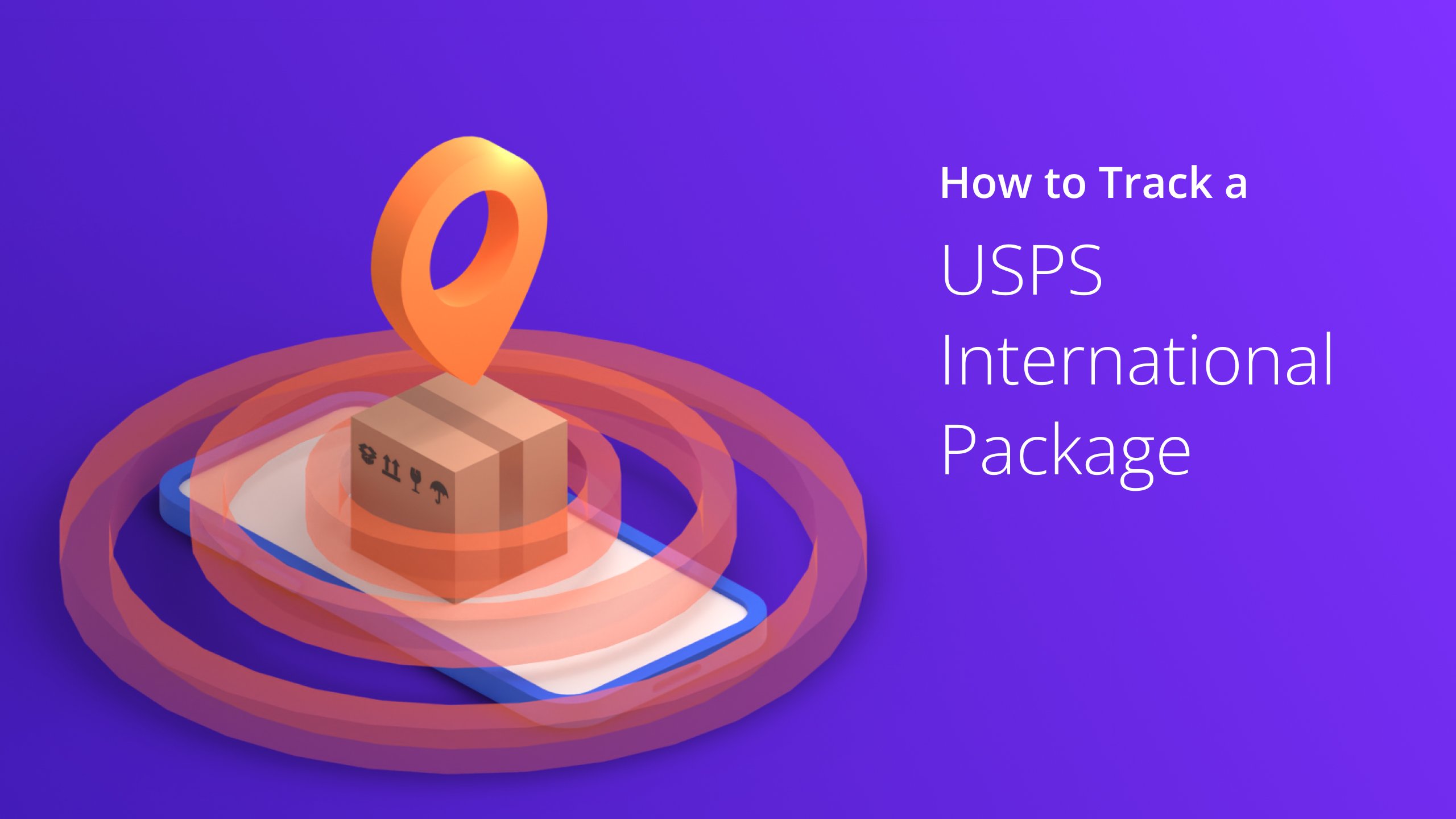Whenever you have packages sent or delivered via USPS, it comes with a unique tracking number.
But what does a USPS tracking number look like? Here’s exactly how to read it and what it means.
Table of Contents
What A USPS Tracking Number Looks Like
USPS tracking numbers come in different formats depending on their mail classes. The main thing you have to learn how to interpret is its different formats.
Here’s what USPS tracking numbers look like:
- USPS Tracking: 9400 1000 0000 0000 0000 00
- Priority Mail: 9205 5000 0000 0000 0000 00
- Certified Mail: 9589 0000 0000 0000 0000 00
- Collect on Delivery: 9303 3000 0000 0000 0000 00
- Global Express Guaranteed: 82 000 000 00
- Priority Mail Express: 9270 1000 0000 0000 0000 00
- Priority Mail International: CP 000 000 000 US
- Registered Mail: 9208 8000 0000 0000 0000 00
- Signature Confirmation: 9202 1000 0000 0000 0000 00
Possible Formats Of A USPS Tracking Number
All Numbers
When you observe the numbers we have listed for you above, you will notice that some numbers have 20 to 22 digits. This indicates that the package is being mailed within the
United States.
Lesser known formats, such as those with only ten digits, also exist.
Alpha-Numeric
The package is being mailed overseas if you see a USPS tracking number with letters in front, like EC or CP (or, in the above example, under Priority Mail International). [1]
Other alpha-numeric USPS tracking number formats also exist. This includes a combination of 13 alpha-numeric numbers, usually starting with two letters, nine numbers, and ending
with US (i.e., EA 999 999 999 US).
How Many Numbers Does It Have?
The most common USPS tracking number formats have 20 to 22 numbers.
On the other hand, alpha-numeric tracking number formats also exist, especially in packages coming from overseas.
Other less common USPS tracking number formats have only ten digits or a 13-digit alpha-numeric tracking number that starts with two letters, nine digits and ends with US.
Understanding The First Four Digits
The first four numbers in a USPS tracking number reveal the type of mail service the package is using. These numbers are otherwise known as the service code.
For example, tracking numbers that begin with 9400 denote that it is the classic USPS tracking code, and those starting with 9270 mean that it is from a Priority Mail Express.
Frequently Asked Questions (FAQs) about USPS Tracking Numbers
What does a typical USPS tracking number look like?
- 20 to 22 digits (e.g., 9400 1000 0000 0000 0000 00)
- 13 characters with 2 letters at the beginning and end (e.g., EC 000 000 000 US)
Are there different formats for different types of USPS services?
- Priority Mail: 22 digits (e.g., 9205 5000 0000 0000 0000 00)
- Certified Mail: 20 digits (e.g., 9407 3000 0000 0000 0000)
- Express Mail: 13 characters, usually ending in “US” (e.g., EA 000 000 000 US)
- First-Class Package: 22 digits (e.g., 9407 3000 0000 0000 0000 00)
- Registered Mail: 13 characters, starting with a “R” and ending in “US” (e.g., RA 000 000 000 US)
Can USPS tracking numbers vary in length?
Where can I find my USPS tracking number?
What should I do if my USPS tracking number is not working?
- Double-check the Number: Ensure you have entered the tracking number correctly, with no spaces or missing digits.
- Allow Time for Updates: It may take up to 24 hours for the tracking information to be updated in the USPS system.
- Contact USPS Customer Service: If the tracking number is still not working, contact USPS customer service for assistance. You can reach them via phone, on the USPS website, or by visiting a local post office.
For more tips check Route4Me’s Best Route Optimization Software.
Key Takeaways
USPS tracking numbers often come in the form of 20 to 22-digit codes that start with the number 9.
Of course, this is not the case for all packages, as those shipped overseas will have an alpha-numeric code instead.
The first four digits in your USPS tracking number also tell you everything you need to know about your package, as the first four digits denote the type of service used.
